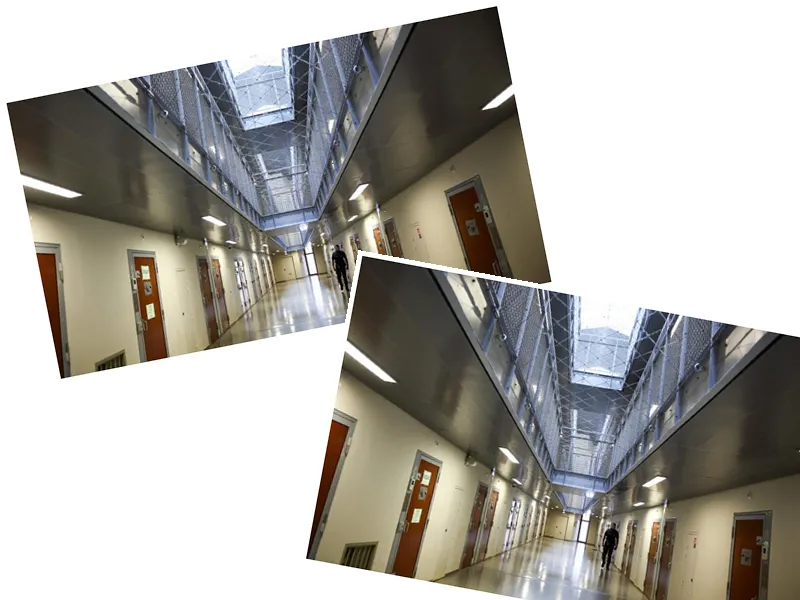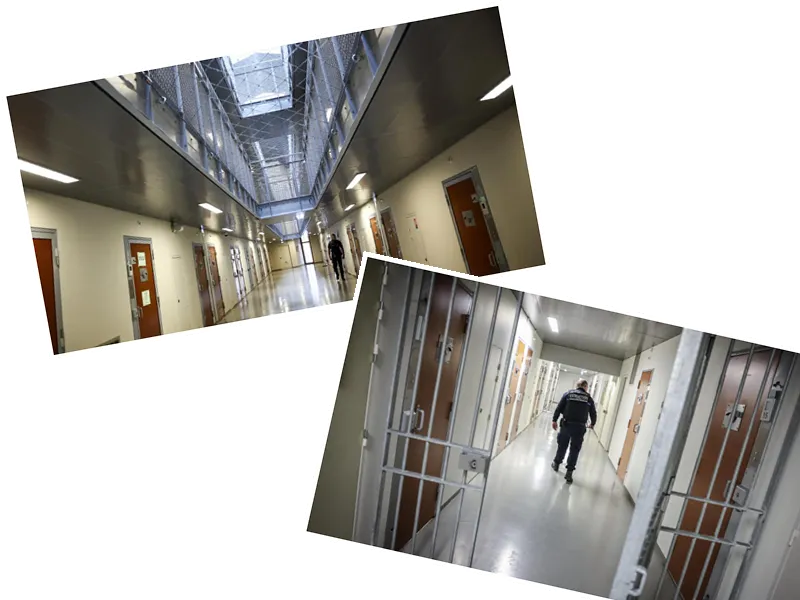Escalating Violence in Prisons: A Global Concern
The recent incidents in Nitzan prison in Israel and Bordeaux-Gradignan prison in France highlight the growing violence and overcrowding issues plaguing correctional facilities worldwide. In Nitzan, prison guards successfully thwarted a planned attack by Palestinian prisoners using improvised weapons, including a sharpened toothbrush. This incident underscores the ongoing security challenges faced by prison staff as they navigate the complexities of inmate behavior and potential threats.
In France, the situation is equally alarming as two guards were injured during attacks by inmates in Bordeaux-Gradignan prison, exacerbated by chronic overcrowding. Despite the recent inauguration of a new building meant to alleviate the pressure, the prison continues to operate above capacity, with 893 inmates housed in a facility designed for just 539. The union representative's remarks about the inadequacy of the new structure point to systemic issues within the French penal system that require urgent attention.
Addressing Overcrowding and Security Risks in Prisons
The incidents in both Nitzan and Bordeaux-Gradignan raise critical questions about how prisons can ensure the safety of staff and inmates alike. In Israel, the introduction of a new 'maximum security' toothbrush aims to mitigate risks associated with improvised weapons. Meanwhile, in France, the ongoing problem of overcrowding leads to dangerous conditions where guards are frequently attacked. The government's efforts to expand capacity, such as the new building in Bordeaux-Gradignan, have not yet yielded the expected improvements, leaving many inmates sleeping on the floor and increasing tensions within the facility.
As these issues persist, it is imperative for prison authorities worldwide to reevaluate their strategies for managing overcrowding and enhancing security. Solutions must be comprehensive, addressing not only physical infrastructure but also the underlying factors contributing to inmate violence and unrest. Failure to act may result in further incidents that jeopardize the safety of both inmates and correctional staff.






